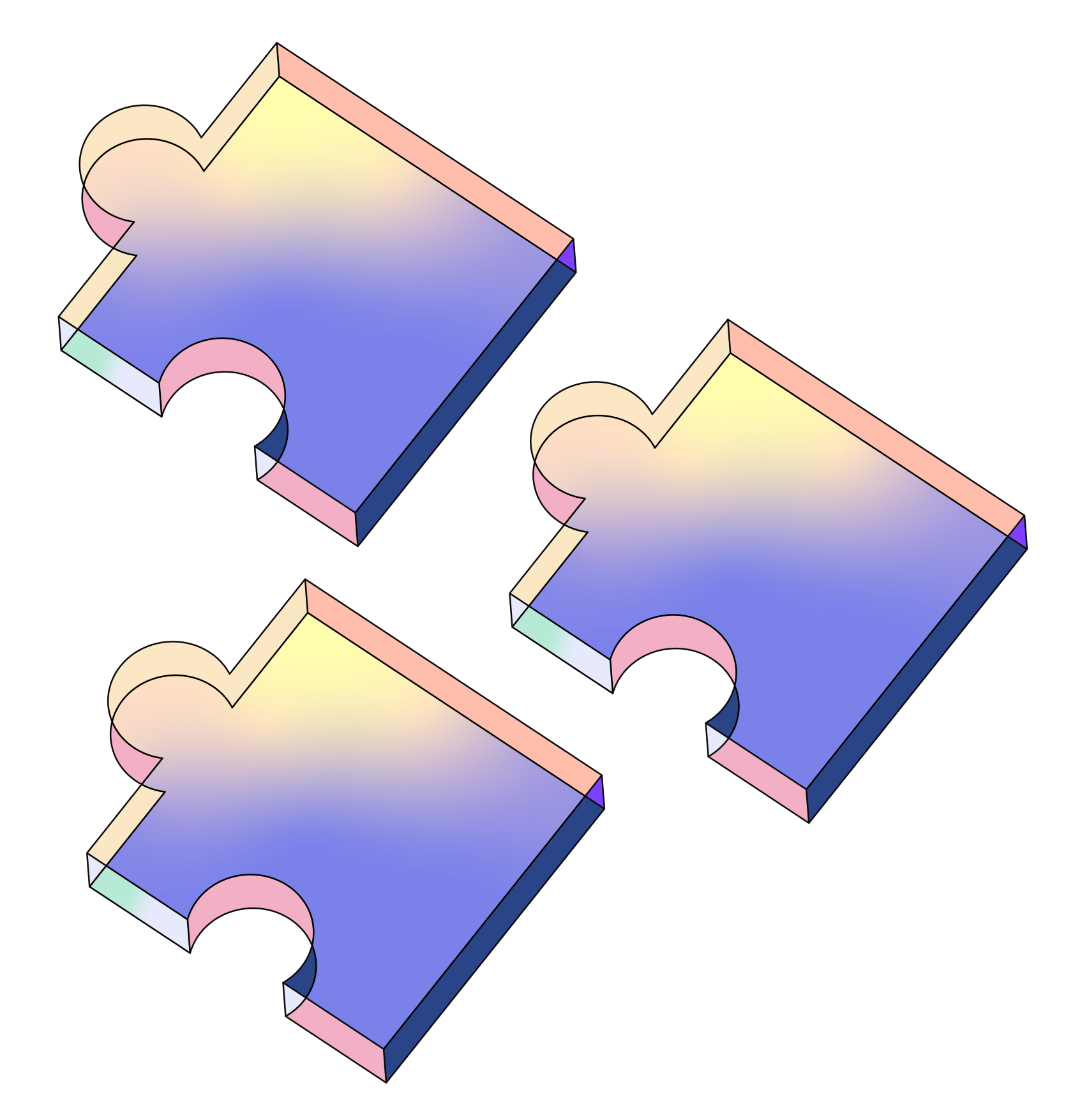Negravis
Negravis is an AI-native oracle where 3 agents verify and deliver real-world data to smart contracts
Project Description
Negravis is an AI-native oracle system powered by three autonomous agents — two with Context7-enhanced databases, and one performing live search for cross-verification. This multi-agent architecture ensures fast, decentralized, and trust-minimized delivery of real-world data to smart contracts.
How it's Made
For this Oracle project, I built the frontend using Next.js and TypeScript, which gave me a fast, type-safe foundation to prototype and iterate quickly. I used Next.js API routes to handle user input and route requests into the compute pipeline.
The core logic runs through 0G, which I used as both the LLM provider and the main compute layer. I leveraged 0G's ability to process large language model prompts in a decentralized way, making it the heart of the Oracle’s reasoning system. Inputs from the frontend are formatted and dispatched to 0G, which runs the actual inference and returns structured outputs. This offloaded all the heavy compute from my infrastructure and made the Oracle scalable without centralizing the intelligence layer.
For additional backend infrastructure, I ran a Fluence node on a cloud-based Ubuntu server. In this setup, Fluence wasn't used as a fully decentralized network — instead, I used it to orchestrate parts of the workflow and as a lightweight container for some auxiliary services. Running it on my own server gave me better debugging capabilities during development and made it easier to experiment with WASM-hosted microservices in a more controlled environment.
I also experimented with Hedera for event scanning, aiming to trigger Oracle queries based on on-chain activity (e.g. token transfers or messages). While this part wasn’t production-ready, I built a basic Node.js event listener that parsed Hedera logs and could feed them into my Oracle flow, which opened up possibilities for hybrid event-driven use cases.
One notable hack: I had to bridge 0G’s LLM output into a usable format for downstream systems. Since 0G returns raw model output, I added a post-processing layer that parsed, validated, and sanitized responses before sending them back to the frontend or triggering blockchain interactions. This kind of middleware is usually glossed over but ended up being critical to maintain reliability and consistency.
In short, the project combines a modern web UI (Next.js), decentralized LLM compute via 0G, orchestration with Fluence on Ubuntu, and optional event triggers via Hedera. It’s modular, extensible, and lays the groundwork for a fully decentralized Oracle system.

